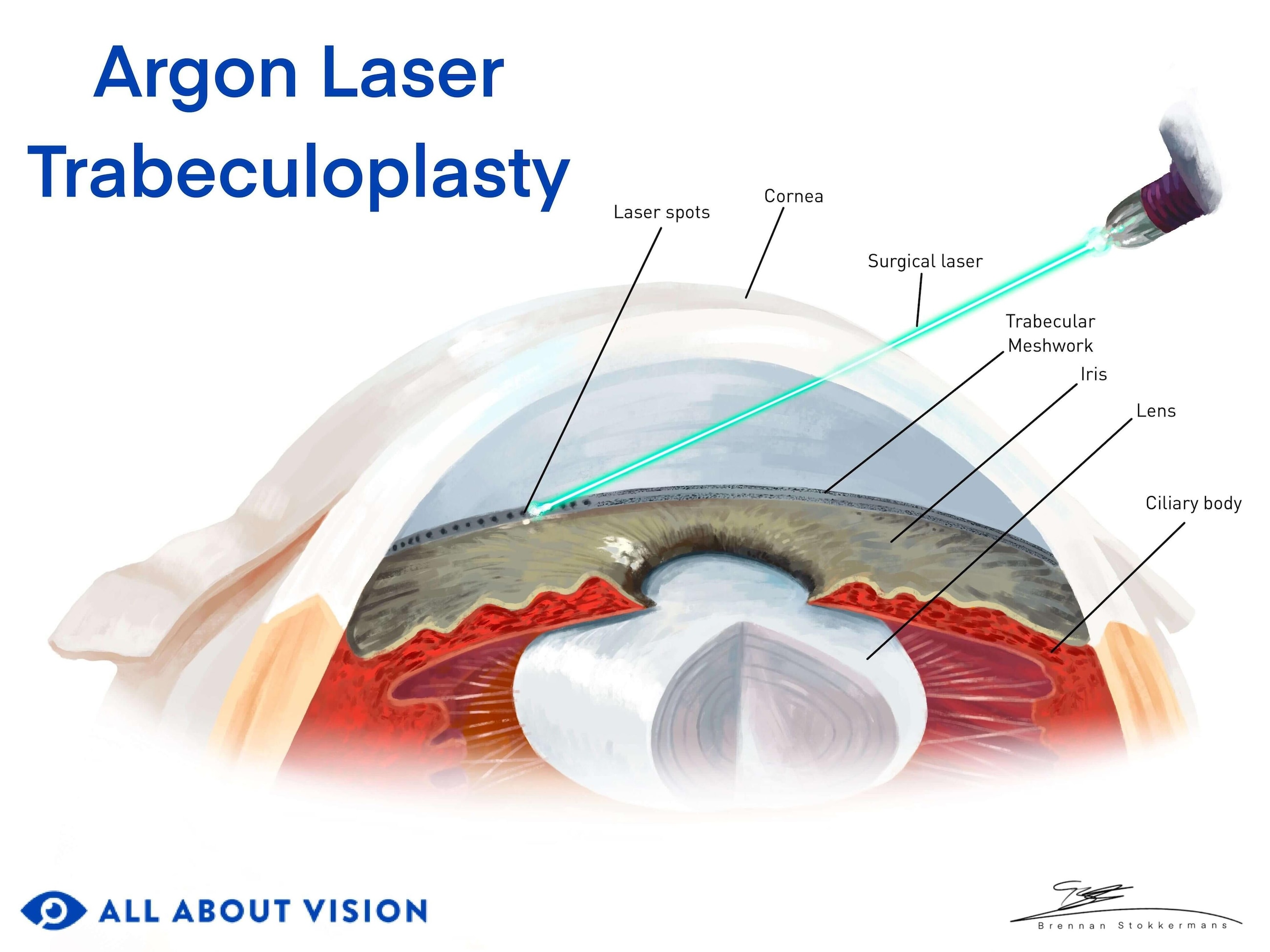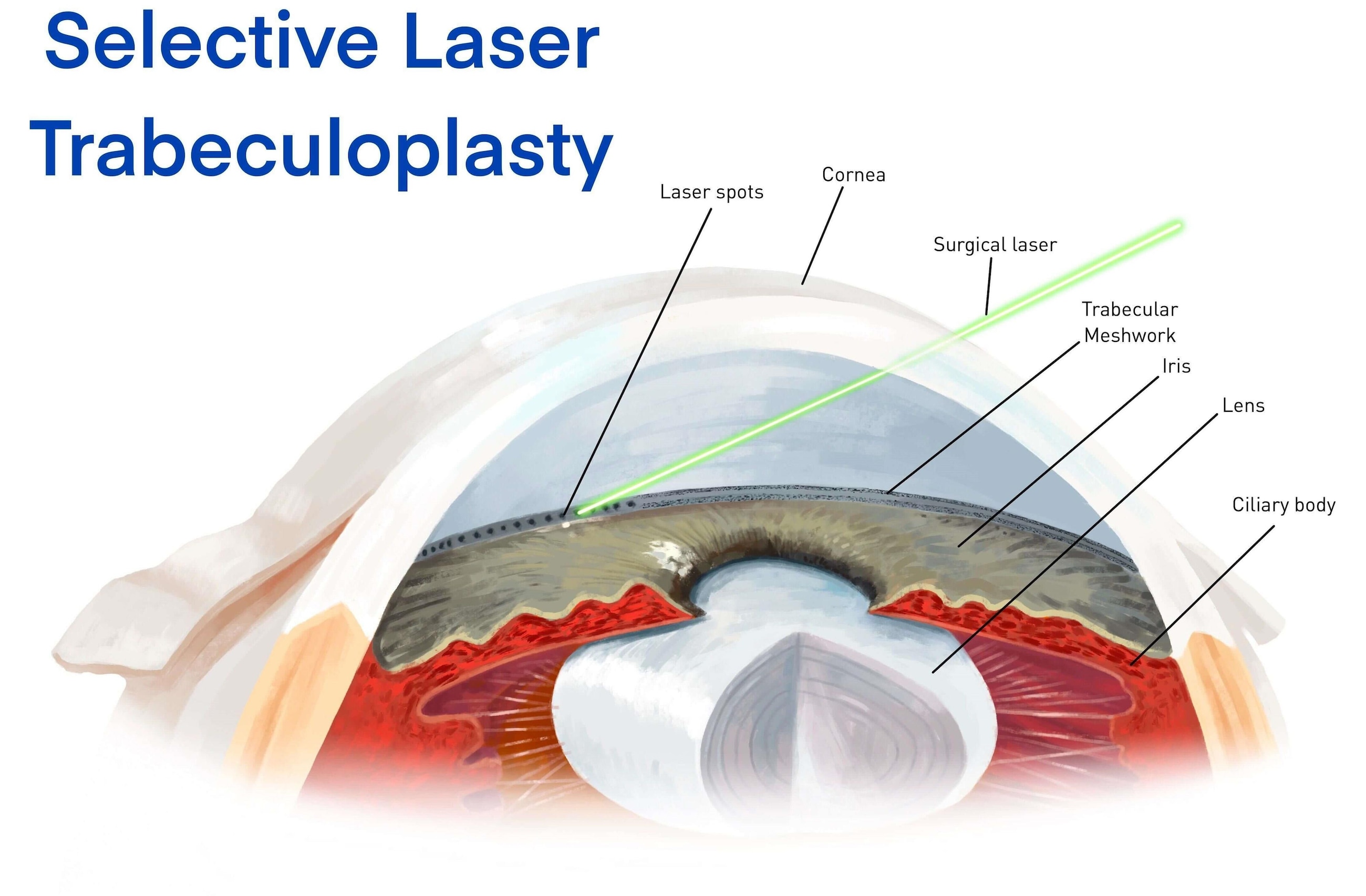Glaucoma Surgery
What are the different types of glaucoma surgeries available? Find essential information about glaucoma surgery options, procedures, recovery processes and more.
Related Articles
All About Vision and AllAboutVision.com are registered trademarks of Essilor Laboratories of America, Inc © 2000-2025 Essilor Laboratories of America, Inc. The content on this site is for informational purposes only. All About Vision does not provide medical advice, diagnosis or treatment. Contact an eye doctor if you need medical attention.





